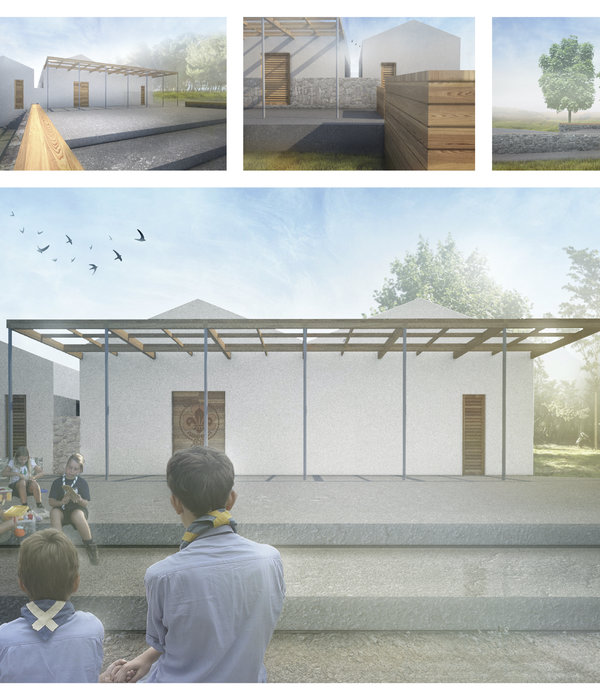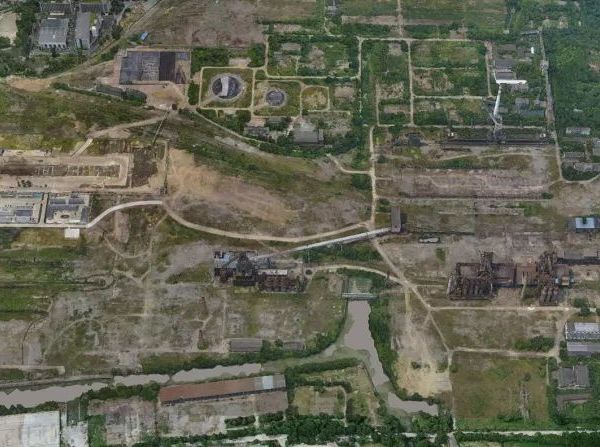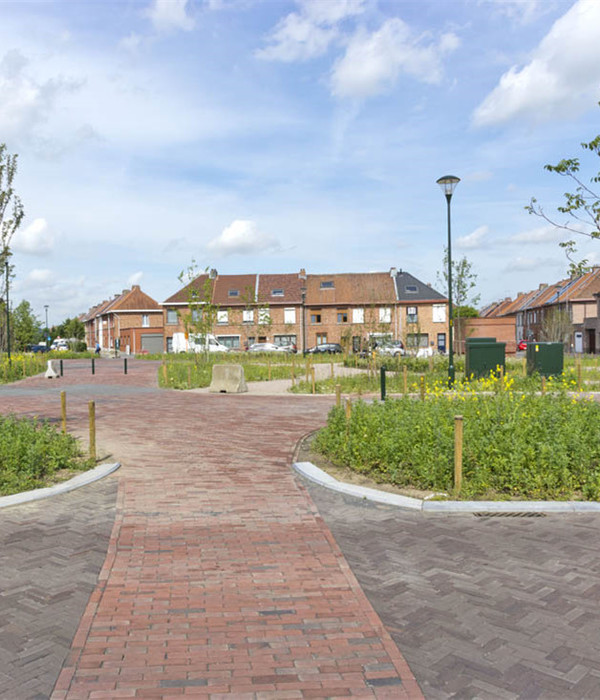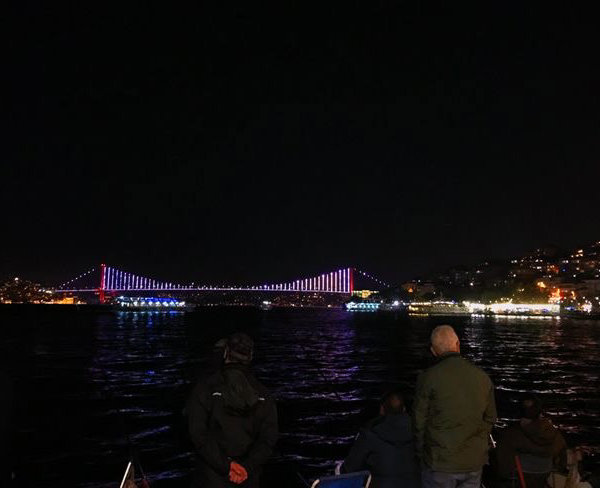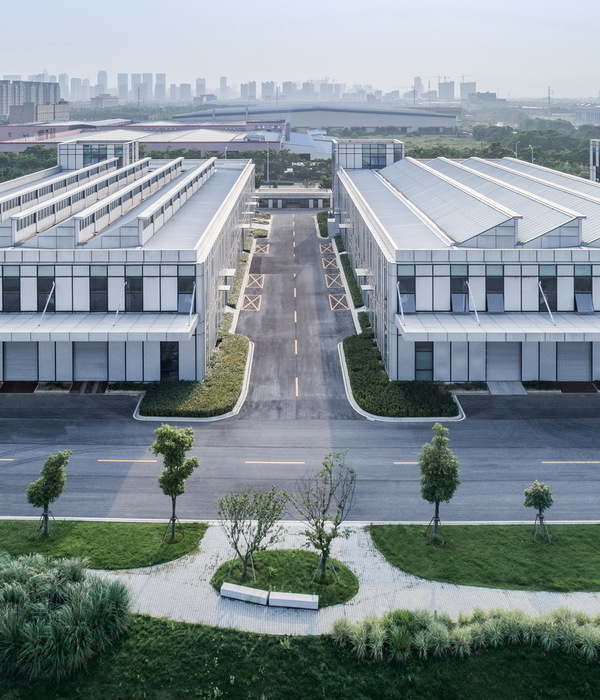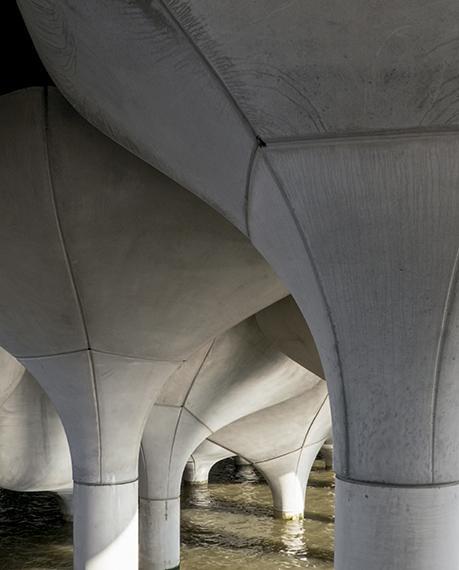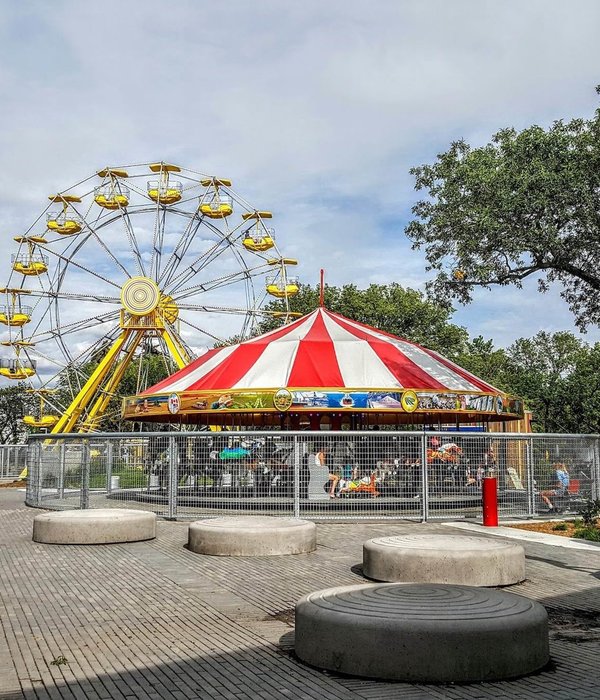Location:3411 N Paulina St, Chicago, IL 60657, United States; | ;View Map
Category:Parks/Gardens;Parks
When the Lakeview Chamber of Commerce drafted its master plan in 2012, among its top priorities was development of the property located below the “L” tracks, known as the
. The Chamber’s goal was to develop a walkway that connected the neighborhood’s Southport and Paulina train station plazas and ultimately the Southport and Lincoln Avenue corridors, both major retail and restaurant areas.
The Chamber, Friends of Lakeview, Chicago Transit Authority (CTA), and funding arm Special Service Area 27 were all stakeholders in the project. PORT Urbanism, a Chicago-based landscape architecture firm, was awarded the project, and PORT Urbanism selected Landscape Forms’ Studio 431 to help create site furnishings and a Low-Line experience for commuters, residents, and tourists.
“People tend to think about the iconic elevated tracks that run throughout Chicago but forget about the spaces below them,” says PORT Urbanism Associate Brandon Biederman. Over the years, residents have negotiated agreements to use the CTA property under the tracks to create yards, dog runs, and gardens, but there hadn’t been a concerted effort to reclaim their use for public benefit until now. With the Chamber’s Lakeview Area Master Plan, backed by the City of Chicago, Lakeview’s Low-Line spaces will now become community space.
The first Low-Line development had its start under the Southport Market, where gravel, pavers, and a farmer’s market created a public presence under the tracks. The Southport Market development also kicked off the relationship with the CTA, which realized the benefits of taking underused space and making it a vital part of the CTA map. “Commuters were already using the Low-Line space as a pass-through. How could we enhance its use, circulation, and the experience?” asks Biederman.
PORT Urbanism's concept for the Low-Line celebrated Lakeview’s culture, one steeped in the arts. “We envisioned a pathway that is also an art walk. The Paulina Plaza features a rotating display of art panels, and the Ashland plaza will incorporate eight-foot-tall light boxes illuminating artists’ work displayed along the walkway.
The Paulina Plaza was a rundown auxiliary entrance to the Paulina station, but now it is the entrance to the art walk and an active place that brings people below the tracks for reasons beyond moving from Point A to Point B. “We wanted to create community places where people take a moment, pause, and eat or drink for a brief time.”
PORT Urbanism had to work within CTA guidelines as it developed concepts for site elements. “We had setbacks from the track structure and access clearances for CTA maintenance.” Site elements needed to be movable for “L” repair and the possibility of significant excavation to rebuild the structure’s column footings. PORT Urbanism also considered train noise and moisture dripping from the tracks.
During the early stages of PORT Urbanism’s concept development, the firm and Studio 431 were introduced, and it didn’t take long for PORT Urbanism to see that Studio 431 would be a great partner for the project. “We looked at Studio 431’s portfolio, and it was clear they would bring a depth of expertise and background in outdoor furniture-making to the table. They knew about durability, access, comfort, and integration of lighting and power into outdoor site elements.”
“Our initial concepts were cubbies that would address the issues of noise and moisture,” says Biederman. “We wanted to invite people to sit briefly, and we wanted the elements to be playful. The Low-Line is about viewing public art, which is vital and active. We asked ourselves how we could enrich that experience through the seating elements.”
The cubby forms were inspired by the interiors of the train cars and the shape of the “L” tracks. The perspective looking down the CTA tracks gave shape to the cubby exteriors, and the curvilinear interior of the train cars informed the cubby interiors. The site elements include a picnic table, a vendor booth/bar, a double-humped cubby, and two cantilevered cubbies that frame the entry to the Low-Line walkway.
The bright yellow cubbies reinforce the playful and vibrant experience of the Lakeview Low-line. “The yellow paired well with the ochre color of the CTA structure and brick and aggregate surroundings,” says Biederman. “Yellow is energy-giving and bright; it stands out.”
PORT Urbanism looked to Studio 431 for guidance on material and finish choices. The final pieces are constructed of powdercoated steel exteriors and slatted ipe wood interiors that curve and form comfortable spaces for sitting and lounging. “Studio 431’s knowledge of LED lighting was instrumental in the final products,” says Biederman. Lighting is integrated into the canopy of every element to illuminate interiors. “Studio 431 did a great job nesting the lights into the ipe wood; they aren’t a visual annoyance,” says Biederman. Power is also integrated into the cubbies for controlled access by vendors and musicians. The picnic table cubby has USB plugs for charging devices.
The Lakeview Low-Line is in the public realm and with that comes heavy-duty use and the potential for vandalism. “PORT Urbanism was cognizant that the site elements might see graffiti damage,” explains Mark Haase, Market Specialist with Studio 431. “We can’t control graffiti, but we can control how we respond to it. Our solution was to manufacture the cubbies with removable panels and tamper-resistant fasteners. If a panel has graffiti damage, it can be removed and repainted. Panels can also be removed to access power and conduct maintenance."
The Lakeview Low-Line officially opened in the summer of 2018, and the response has been overwhelmingly positive. (In fact, it’s become a destination for photos ops. Check out the Instagram hashtag: #lakeviewlowline.) Biederman lives in the Lakeview neighborhood and sees firsthand how children and adults interact with the elements. “There are so many different ways you can use the elements due to their level of abstraction,” Biederman explains. “People crawl through them. The double-humped cubby gets ridden like horses. I see people lean into the structures, shape themselves into the wood pockets. The picnic table is used for eating and working.”
Another positive result of the Lakeview Low-Line is the partnership formed between PORT Urbanism and Studio 431. “PORT Urbanism was great to work with,” says Haase. “They recognized the value we brought to the table. They have great design and think outside the box. And we’re a manufacturing company with engineering resources to make their design come to life.”
“Through the entire process of creating, engineering, and manufacturing the site elements, Studio 431 kept our design intent at the heart of the project,” says Biederman. “This was one of those projects where the designs were so fun but so was the process of creating them. It was a great experience collaborating with Studio 431.”
▼项目更多图片
{{item.text_origin}}


